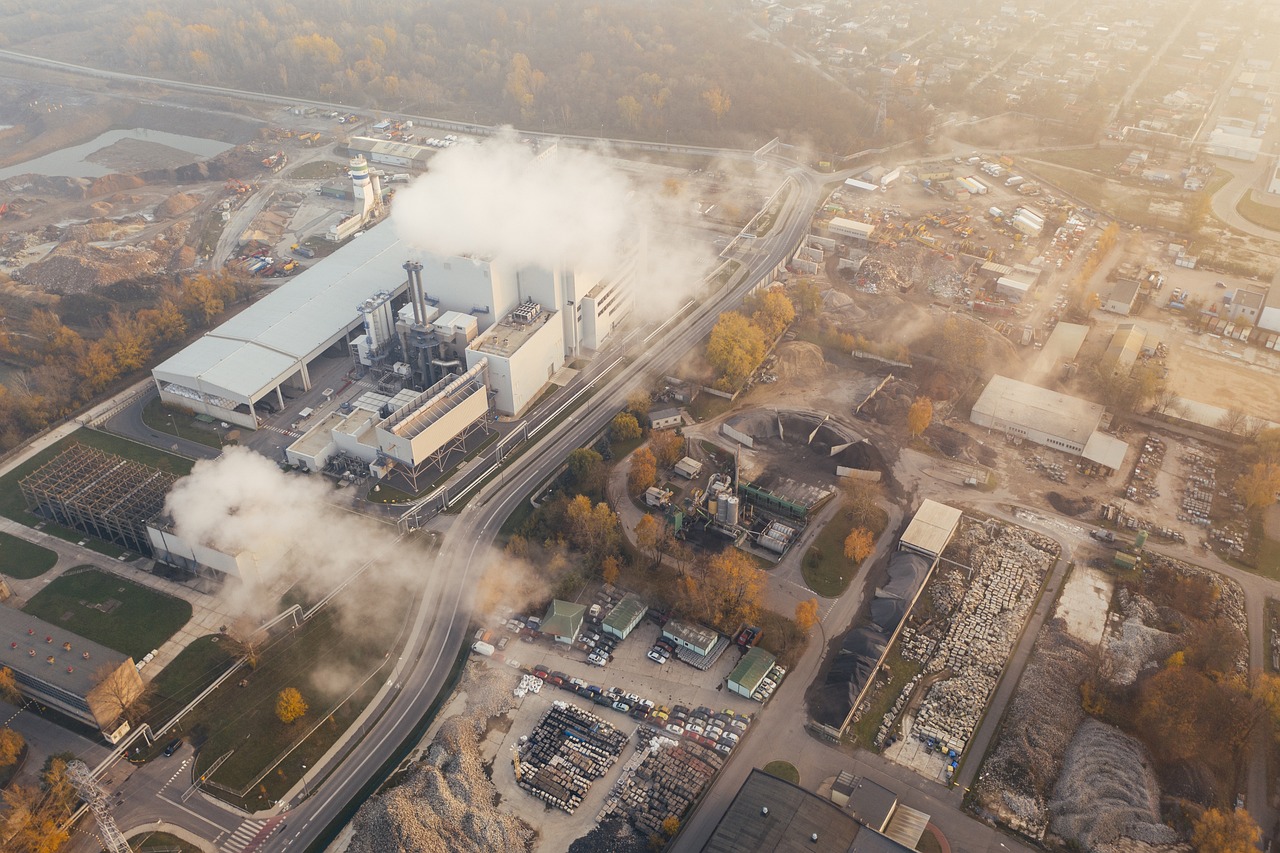How to finance climate change?

In order to respond to the current climate crisis, the major movement of capital in history will be necessary. For the next twenty to thirty years, it will be necessary to invest at least 100 billion dollars to enable the transition to a sustainable and green economy.
Not only that, but the world needs three more billion per year in order to attain the Sustainable Development objectives fixed by the 2030 Agenda of NNUU. That was one of the conclusions drawn by the recently celebrated COP 27.
Financing the transit towards greener models is necessary, firstly because, without investment there is no fight against climate change. Secondly, because half of global PIB is generated by sectors, from agriculture to fishing, which are highly dependent on ecosystems and nature. Finally, the reduction of emissions is directly linked to the implementation of new infrastructures that demand a high sum of investment.
Furthermore, financing is necessary because 2022 has already been a year of devastating climate crises. For example, Pakistan continues to suffer from record flooding that covered a third of the country, affecting 33 million people and causing 1,500 premature deaths, including of 552 children. An initial estimate of the damage is at least $40 billion.
Another example occurred within Nigeria which also struggled to cope with massive flooding that displaced more than 1.4 million people, killed more than 600, and damaged or destroyed an estimated 440,000 hectares of farmland—which in turn will contribute to food scarcity. Finally, China recorded its most severe heat wave and third-driest summer on record this year, both of which caused forest fires, crop losses, and hydroelectric electricity shortages. In that regard, the goal of $100 billion set out in Paris 2015 agreement is almost laughable in the face of everyday climate disasters that routinely cause billions of dollars in damage. According to the International Monetary Fund (IMF), the true scale of the funding needed for climate mitigation and adaptation is in the trillions, not the billions.
Being aware of the context, one main question arises: How would the world finance climate change?
The question of financing climate change supposes a meaningful challenge due to the following:
First and foremost, the problem is how the financing would be obtained.
In that very sense there is consensus among global leaders, experts, and economists that financing should come from both private and public sources. If not, financing would be highly insufficient.
But in fact, the core idea is that public investments should act as leverage for increasing private funding. EEUU has understood the mechanics and it has enforced the new Science and Chips Act. If we got a better connection within public and private sources new opportunities arise.
Secondly, another important issue is how to incentivize private investments. A wide range of economists believe that on first place it will be necessary that IMF (International Monetary Fund) increases its assets, as well as, a new market of carbon credits must be developed. John Kerry the special envoy of EEUU at the COP 27, proposed carbon credits as the solution to palliate investment gap. Carbon credits are certificates which represent a ton of carbon which has been eliminated from the atmosphere. Here we have the African Carbon Markets initiative which has multiplied the demand for the bonds in the last few months. We have another successful example: Platform for voluntary market of carbon in Colombia.
Not only that but, they talked about the need of increasing subsidies and low rate loans linked with green projects as well as focusing on the enforcement of the climate proofing of finance industry
In that very sense, financial institutions would have such an important role and that’s why its functioning and reglamentary rules should change in order to be less bureaucratic and more representative of all interests, including those of less developed countries.
On the other hand, another alternative has been explored. It is the so-called Bridgetown initiative that focuses on reforming how projects should be founded. Here, it is important to bear in mind that the way green funds and subsidized projects are managed follows a project-by-project approach which, actually, is very slow being the approval process and access to the money is really complex.
Finally, financing climate change also faces several barriers linked with the complexity of the regulatory environment and legal frameworks. In that regard, policy frameworks should change, broadening the spectrum of cases under the scope of their application. There are also inadequate methodologies for valuing and certification of the credits that impede establishing incentives within the market.
In addition, the complex regulatory framework also could lead to a problem of double counting in terms of fiscal purposes for enterprises. Not only that but it also leads to the problem of currency-related risk. In order to solve this problem, transparency within implementation should be undeniable
